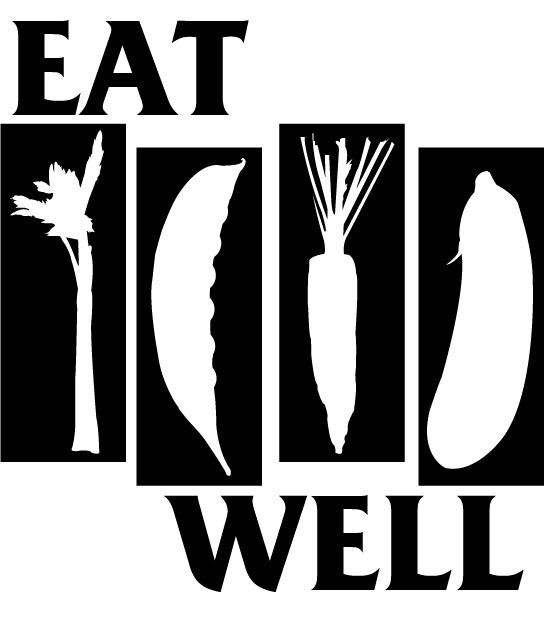"FDA proposes updates to Nutrition Facts label on food packages" fda.gov, February 2014
In news only a nutrition fanatic like myself may geek out over, the U.S. Food and Drug Administration proposed a set of changes to my favorite label recently. This would represent only the third major overhaul of the label in the 20 years it has existed. Some of the ideas presented stand to further empower consumers, while others may cause positive shifts in the food industry.
A healthier heart is the focus of two updates I believe consumers can use to make better choices. First is the removal of the phrase "Calories from Fat". It is old school, outdated logic that fat is "bad for you". Those of us who remember the 1990s and Snackwells cookies know that we are no slimmer or healthier for avoiding fat like the plague. "Total Fat", "Saturated Fat", and "Trans Fat" will remain on the label. By removing the dogmatic phrase "Calories from Fat" the focus will shift towards choosing heart healthy fats and avoiding damaging ones. The second proposed cardiovascular benefit is the inclusion of "Potassium" on the label. Much attention has been given to the role of Sodium in high blood pressure, and rightly so. But this is a two way street. As Sodium has the power to increase your BP, Potassium can conversely help keep it in a healthy range. Shooting for around a 2:1 Potassium:Sodium ratio can help keep your numbers in balance.
There can be no mistake that the Nutrition Facts label has the power to change the food industry. When version 2.0 mandated the inclusion of "Trans Fat" manufactures scurried to remove these man made solid fats from their products, much to the benefit of our collective health. By requiring "Added Sugars" on the new label, companies will hopefully begin to create palate friendly choices that are less sweet, or use whole fruits (with their beneficial fiber, vitamins, and minerals intact) to indulge our sweet tooth. "Vitamin D" is also slated for a spot on the new packaging. Vitamin D occurs naturally in few foods (sardines, egg yolks, and mushrooms exposed to UV light are the main sources) and has therefore been added to milk for years. Most American diets are low in this key fat-soluble vitamin. Therefore we test blood levels for most of our patients at the hospital where I work. Anecdotally I can say that the majority of levels I see are very low, indicating compromised bone health among many other maladies. In requiring it to be listed, I imagine food producers will begin to fortify more items with Vitamin D. While I advocate for a nutrients from food first approach, D is a rare case where supplementation is likely needed for the majority of the public.
Overall I applaud these proposed changes. Public comment will be accepted for the next 88 days, so feel to contact the FDA if you have a strong opinion or suggestions regarding the new direction of my favorite label.
